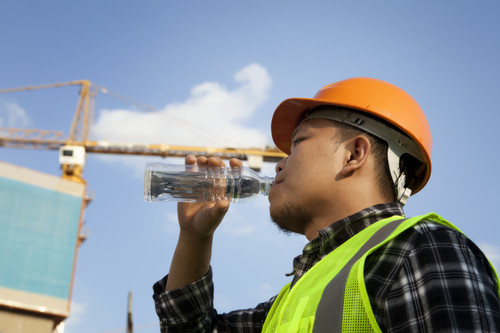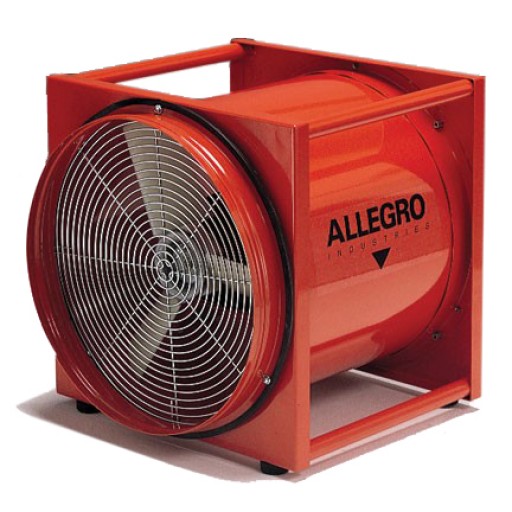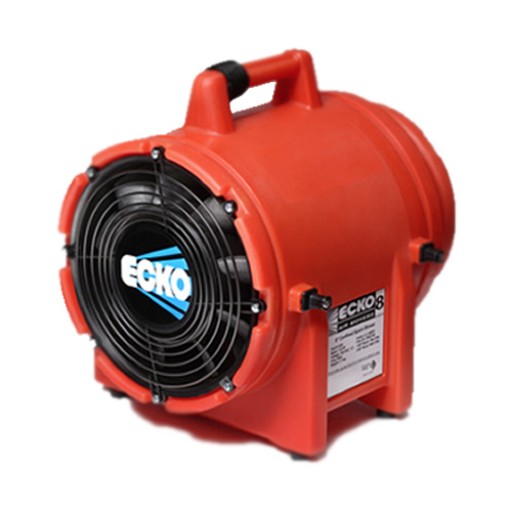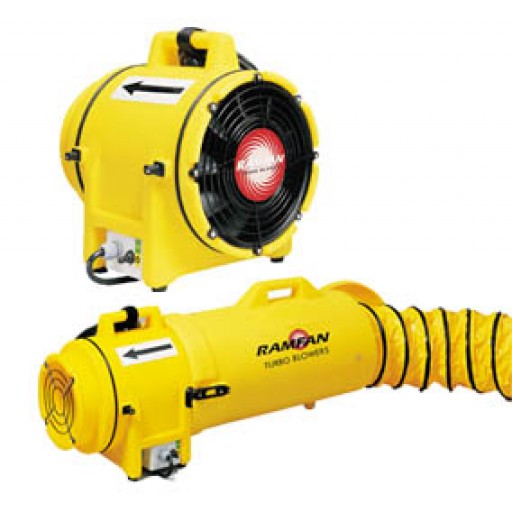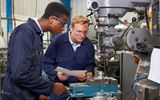How to Prevent Heat–Related Illnesses at Work
The weather is heating up. Outdoor sun and indoor heat at the workplace are dangerous because they lead to health issues ranging from not feeling well to life-threatening health conditions. OSHA encourages employers to know the following symptoms associated with heat-related illnesses:
- Heat rash happens when sweat glands become blocked.
- Heat cramps in muscles appear after strenuous work because sweating causes dehydration and loss of electrolytes.
- Heat swelling (edema) in legs and hands is a result of prolonged sitting or standing in hot weather conditions.
- Heat stress (tetany seizure) is caused by short periods of stress in hot environments.
- Fainting (syncope) generally happens when the blood vessels dilate and body fluids move down into the legs.
- Heat exhaustion (prostration) develops when a person is working under hot conditions without drinking enough water.
- Heatstroke is a life-threatening medical emergency that happens when the body fails to regulate its own temperature.
The National Weather Service lists a daily heat index to alert people of the risks related to the air temperature and the humidity. It is extremely important to monitor heat indexes in closed indoor spaces like warehouses, for example, where high humidity adds to high temperatures and increases negative effect on workers’ health. A heat index of 80°F - 89°F may cause fatigue; 90°F - 104°F may cause heat cramps, heat exhaustion; 105°F to 129°F may cause heat cramps, heat exhaustion, and heatstroke; 130°F or higher may cause heatstroke.
Water. Rest. Shade.
Most heat-related illnesses can be prevented by keeping the body cool and avoiding dehydration.
The following simple-to-implement steps work really well:
- Drink plenty of water frequently.
- Schedule working outside for the early mornings or late evenings to avoid the exposure to the highest temperatures.
- If you have to stand or sit for a long time in a hot environment, flex your muscles often to regulate the blood flow.
- Take frequent breaks in a shade or by a fan.
Heat Stress Prevention Equipment
OSHA states that controlling indoor environments through adequate airflow and ventilation is an important method of improving air temperature and quality and preventing heat-related illnesses. Areas, where there is typically not enough ventilation, include confined spaces and other indoor areas without windows, like parking garages, hangars, and warehouses. Working in environments without continuous air flow makes people extremely vulnerable to the dangers of heat. We recommend using the following indoor and outdoor ventilation equipment that eliminates the threat of developing heat-related illnesses by increasing the air flow:
The 16 inch Confined Space Fan is a flexible tool that keeps your work area safe with fresh air. You can easily ventilate large confined spaces with this blower. The powerful fan works great for extraction as well as for aeration purposes, letting you quickly expel fumes, and increase the natural air level in enclosed spaces. It is perfect for a wide range of applications: explosive/flammable petrochemical operations (oil rigs, refineries, and gas works), wastewater management, sewer access, and chemical tank maintenance.
The ECKO K20 Ventilation Blower is a rugged, economical industrial fan. Designed for confined space ventilation, the K20 comes with a chemical- and UV-resistant molded polyethylene housing, and attaches easily to the ECKO-FLEX ducting.
The lightweight RamFan UB20 is our most popular blower. The double-walled housing is molded from a UV-resistant polyethylene making it dent-resistant and corrosion-proof. It meets stringent outdoor use requirements - CSA/UL (AC model) and is extremely quiet compared to other ventilators. Add a polypropylene blade, tough nylon motor mount, and thru-bolted motor, and this unit becomes even more powerful. It is ideal for shipyards, utilities, contractors, and rescue teams.
OSHA calls ventilation one of the most important engineering controls available to maintain a safe work environment.
If you have questions about the size or the capacity of the blower that’s right for your application, give our Customer Service team a call at 800-829-9580, or visit us online: pksafety.com.
References:
Cooling Your Home with Fans and Ventilation
Heat-Related Illnesses – Prevention
National Athletic Trainers' Association Position Statement: Exertional Heat Illnesses
Recent Posts
-
Why Hi-Vis Winter Work Gear is Essential for Safety During the Cold Months | PK Safety
When temperatures drop and daylight hours shrink, outdoor workers face additional hazards that incre …Oct 31st 2024 -
Self Braking Descender: Advanced Rope Control for Fall Protection | PK Safety
For professionals working at heights, controlled descent is critical. Whether you’re a window cle …Oct 30th 2024 -
Hand and Eye PPE Machinists Rely On | PK Safety
Machining environments are inherently dangerous, with workers often surrounded by heavy machinery …Oct 27th 2024


